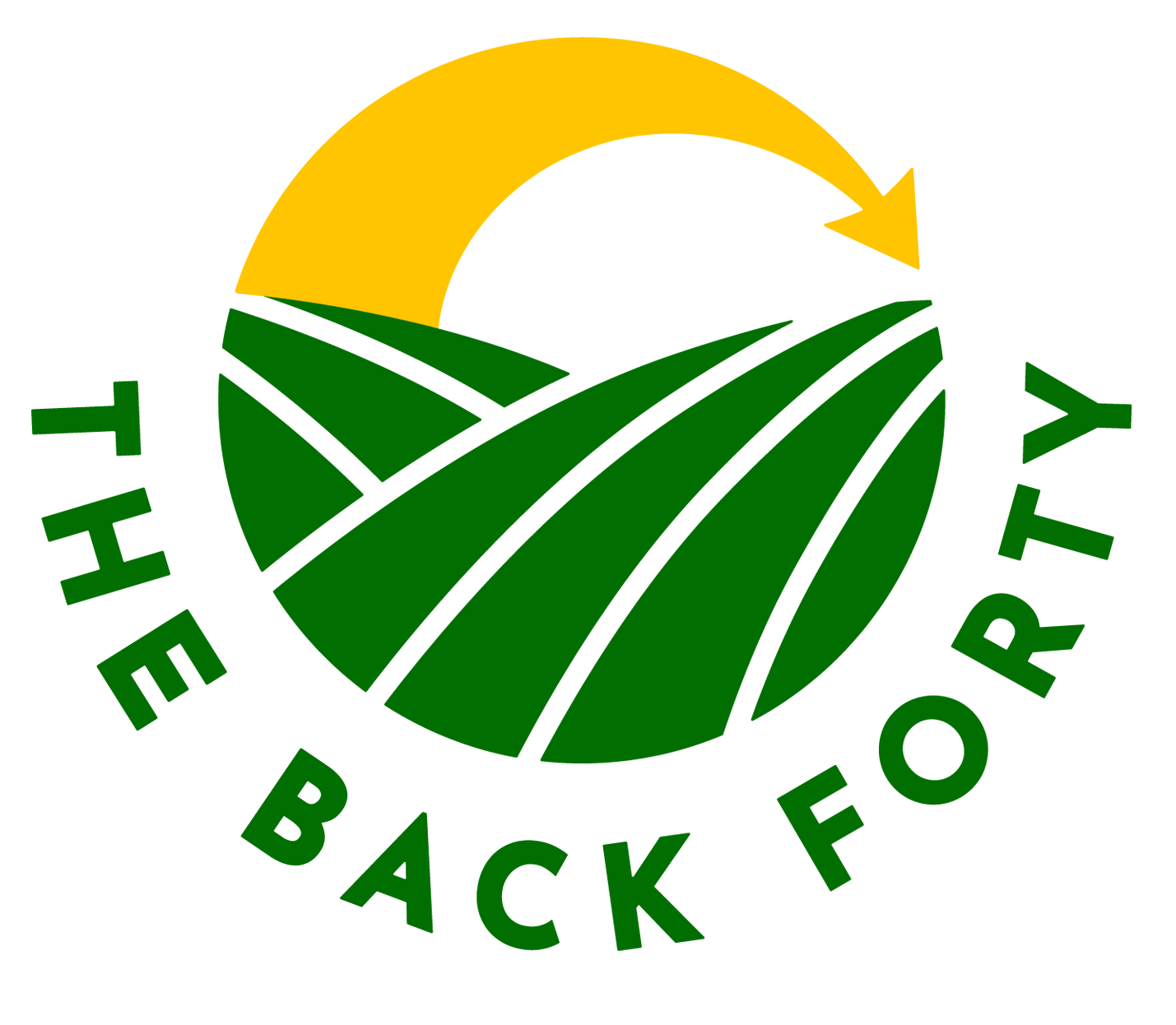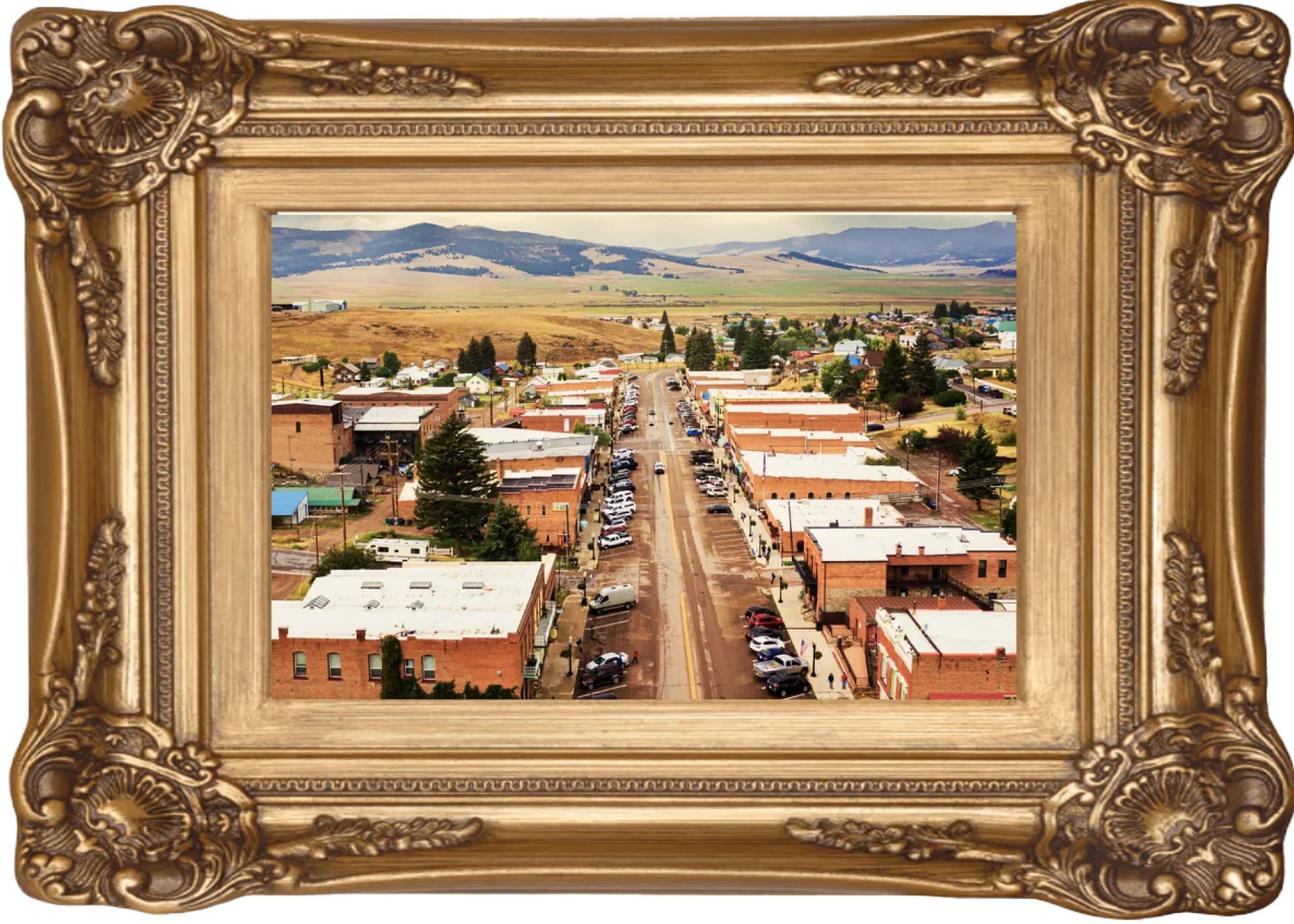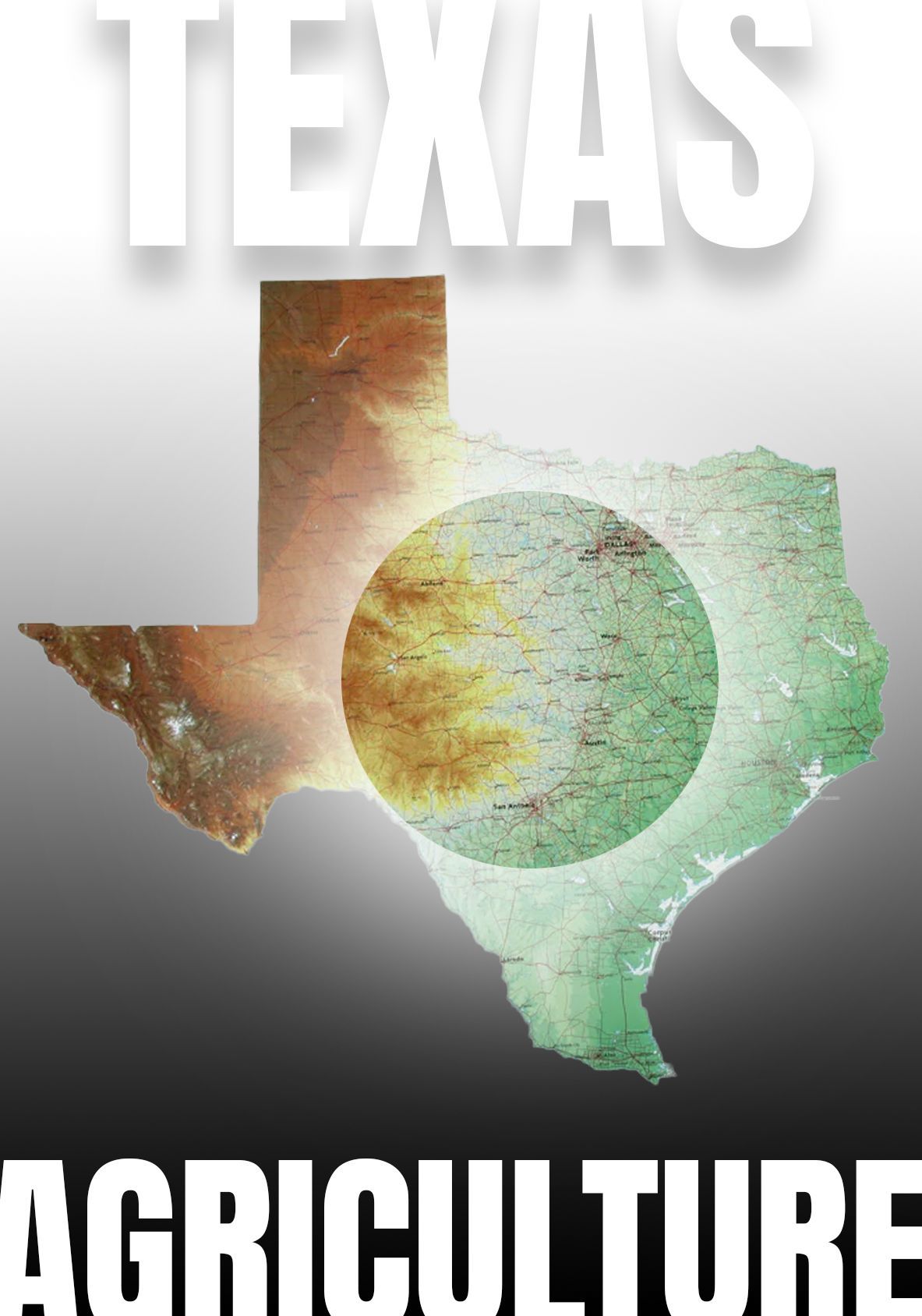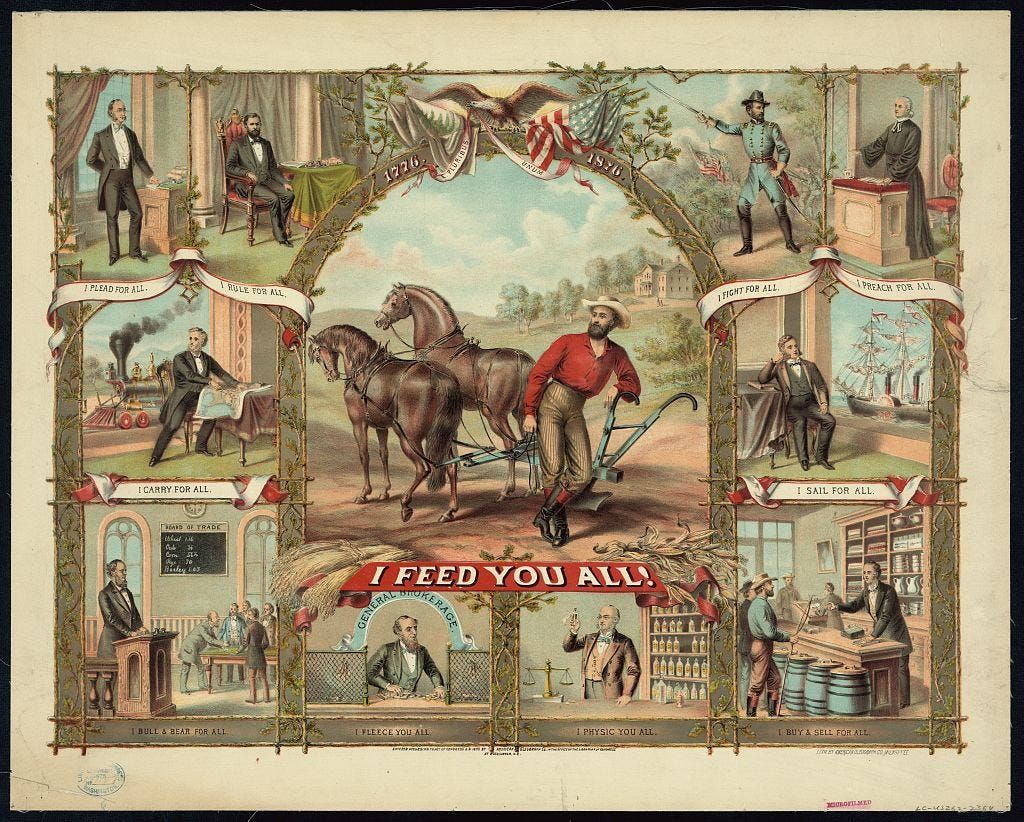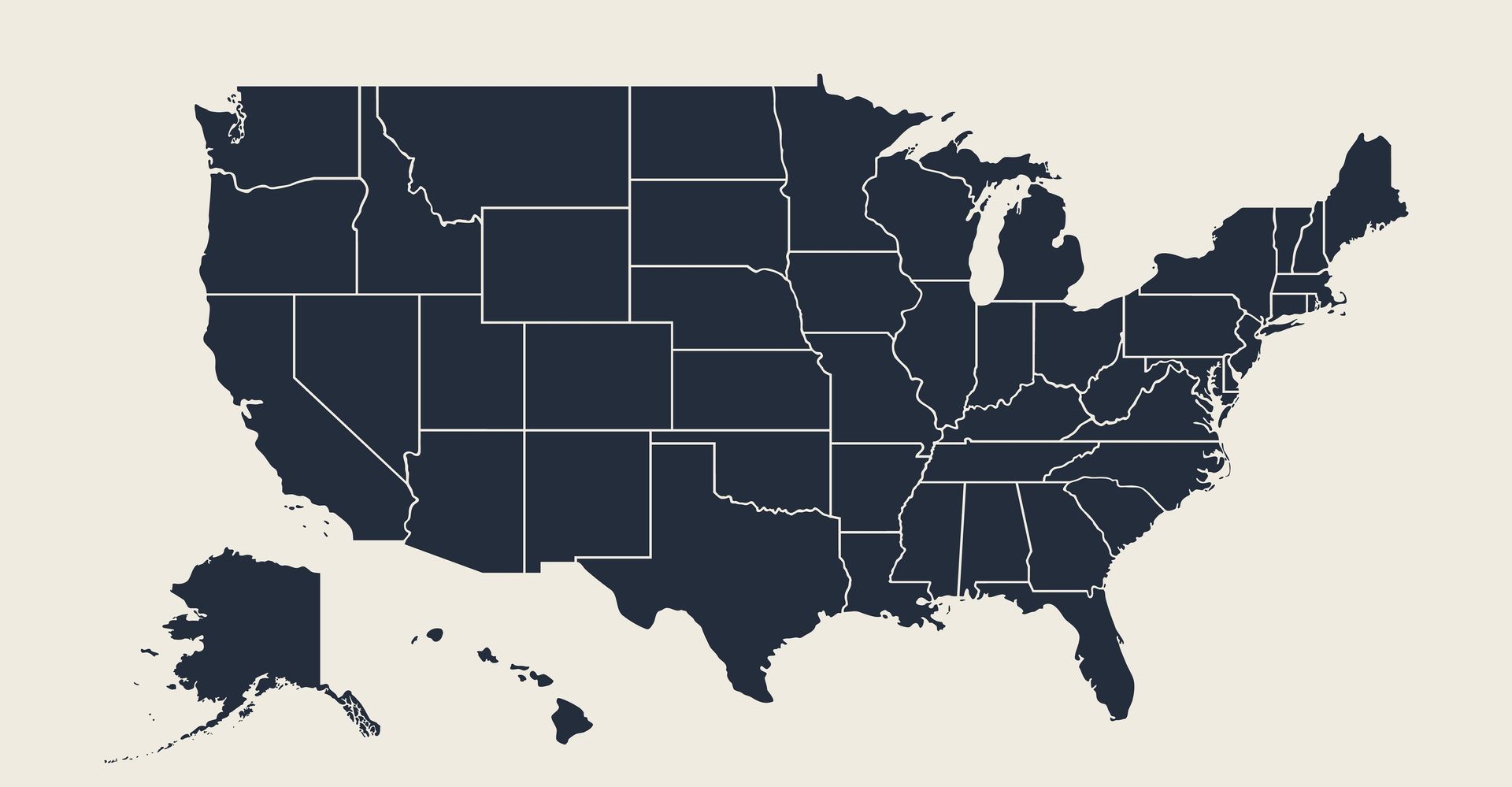AMERICAN AGRICULTURE SPOTLIGHT: WYOMING
AMERICAN AGRICULTURE SPOTLIGHT: WYOMING
Wyoming: America’s Smallest State by Population, a Giant in Agriculture
When you picture American agriculture, images of endless fields in the Midwest or the vast orchards of California may come to mind. Yet, Wyoming, the least populous state in the nation, holds a crucial spot in the fabric of American farming and ranching.
Wyoming has always stood apart. With a population of just under 584,000 according to the 2020 U.S. Census, it ranks 50th among U.S. states. In fact, there are more cattle in Wyoming than people—a telling sign of the state's rural character and economic backbone.
The Scope and Diversity of Wyoming Agriculture
Much of Wyoming is covered by open rangeland, making it one of the country’s top cattle producers. In 2022, Wyoming had about 1.3 million cattle and calves, more than two for every resident. Beef production is the dominant agricultural industry, but Wyoming’s fields and farms are more diverse than many realize.
Wyoming farmers harvest significant acreage of hay, barley, corn (primarily for livestock feed), wheat, oats, dry beans, and sugar beets. According to the United States Department of Agriculture (USDA), hay is the top cash crop—vital for feeding the state’s livestock and supporting its ranching heritage.
- Key agricultural products include:
- Cattle and calves (the state’s number one commodity)
- Hay (alfalfa and other grasses)
- Sugar beets
- Barley
- Wheat
- Dry edible beans (such as pinto and black beans)
In addition, Wyoming’s sheep industry is noteworthy, consistently ranking among the top ten states for wool production.
Economic Impact
Wyoming’s vast land area (ninth largest in the U.S.) and agricultural tradition result in a substantial impact despite its small population. The state’s agriculture industry contributes approximately $2.2 billion annually to the economy, according to the Wyoming Department of Agriculture. In 2022, the market value of agricultural products sold by Wyoming farms and ranches was over $1.7 billion, with about three-fourths coming from livestock and one-fourth from crops. This means that while there may be fewer people living in Wyoming than in many American cities, each ranch and farm makes a disproportionately large impact.
National Significance
Wyoming’s role in the U.S. food system is vital. Its exports, especially beef and grains, help feed millions domestically and abroad. The state’s farmers and ranchers maintain a high standard of stewardship over their lands, ensuring sustainability for generations to come.
In summary, while Wyoming may not boast big cities or a large population, its contributions to America's breadbasket are immense. The state exemplifies how even the smallest can be mighty— a testament to the enduring strength and significance of American agriculture.
Population: Approximately 580 Thousand.
Number of farms: Approximately 11,000.
Number of people employed by farming: Approximately 18,000
Top agricultural product in terms of dollars earned: Cattle and calves
Number one exported agricultural product: Beef
Gross Domestic Product (GDP): Approximately $45 Billion
Five fun and unusual facts about Wyoming
1. Wyoming was the first state to grant women the right to vote in 1869, earning it the nickname “The Equality State.”
2. The geographic center of the United States, including Alaska and Hawaii, is located near Belle Fourche, just across the border from Wyoming.
3. The Yellowstone caldera in Wyoming is sometimes called a “supervolcano” and has erupted three times in the past two million years.
4. Devil’s Tower, America’s first national monument, is a dramatic monolithic butte in northeastern Wyoming and a sacred site for Native American tribes.
5. Wyoming is the nation’s least populated state, but it’s home to more pronghorn antelope than people.
